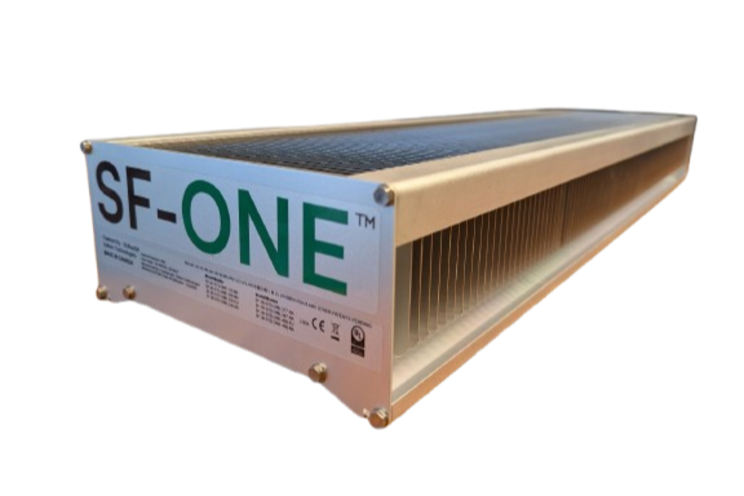Two ways to determine vapor pressure deficit in the greenhouse
Added on 06 November 2023

However, in a recent post on e-GRO, The Ohio State University’s Chieri Kubota notes that there are some confusions about the definitions and calculation methods of VPD.
VPD is often spelled out as (water) vapor pressure deficit, which represents the difference (deficit) between the amount of moisture in the air and how much moisture the air can hold when it is saturated. For this reason, it is also referred to as the water vapor pressure saturation deficit. Levels of moisture in the air are often measured using partial pressure of water vapor (i.e., water vapor pressure).
VPD is recommended for use in climatology and ecology because it has a linear relationship with evapotranspiration under otherwise identical conditions. Early research recommended reporting VPD instead of relative humidity in ecology studies. In these cases, VPD is clearly defined as the physical absolute quantity of moist air, independent from the status of the plant (for example its leaf temperature).
Using the leaf temperature instead of air temperature to determine the saturation water vapor pressure has been also used widely as another method to calculate the VPD.
Image by freepic.diller on Freepik
More news















